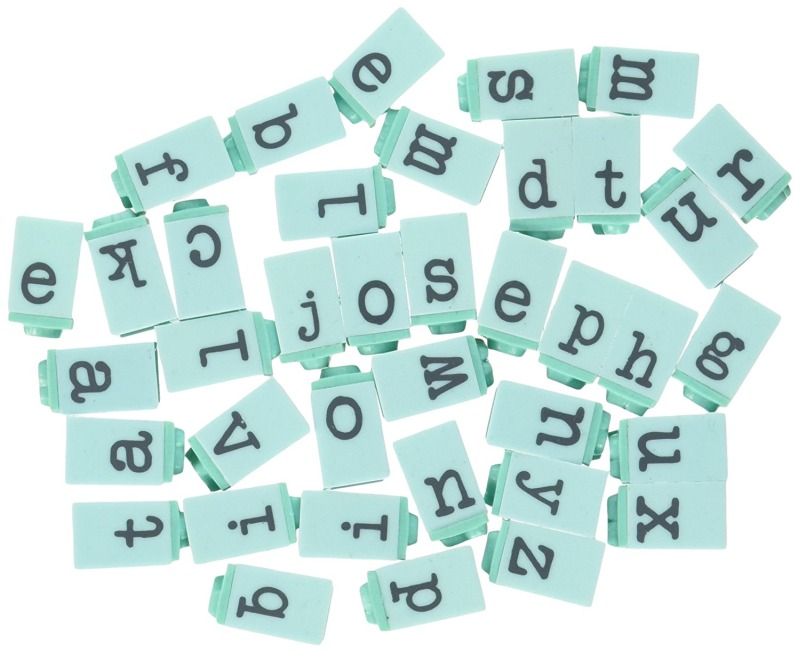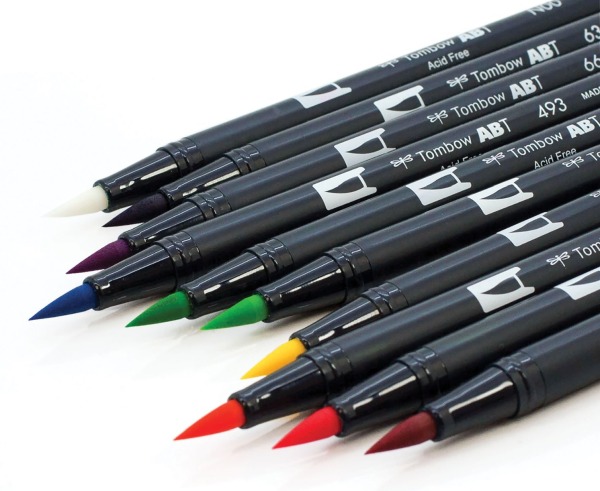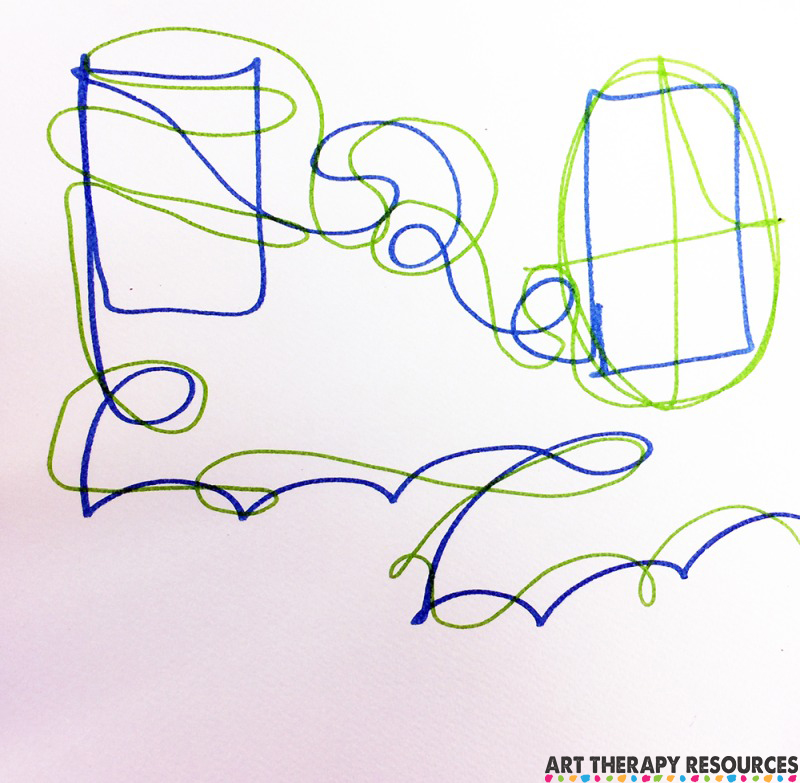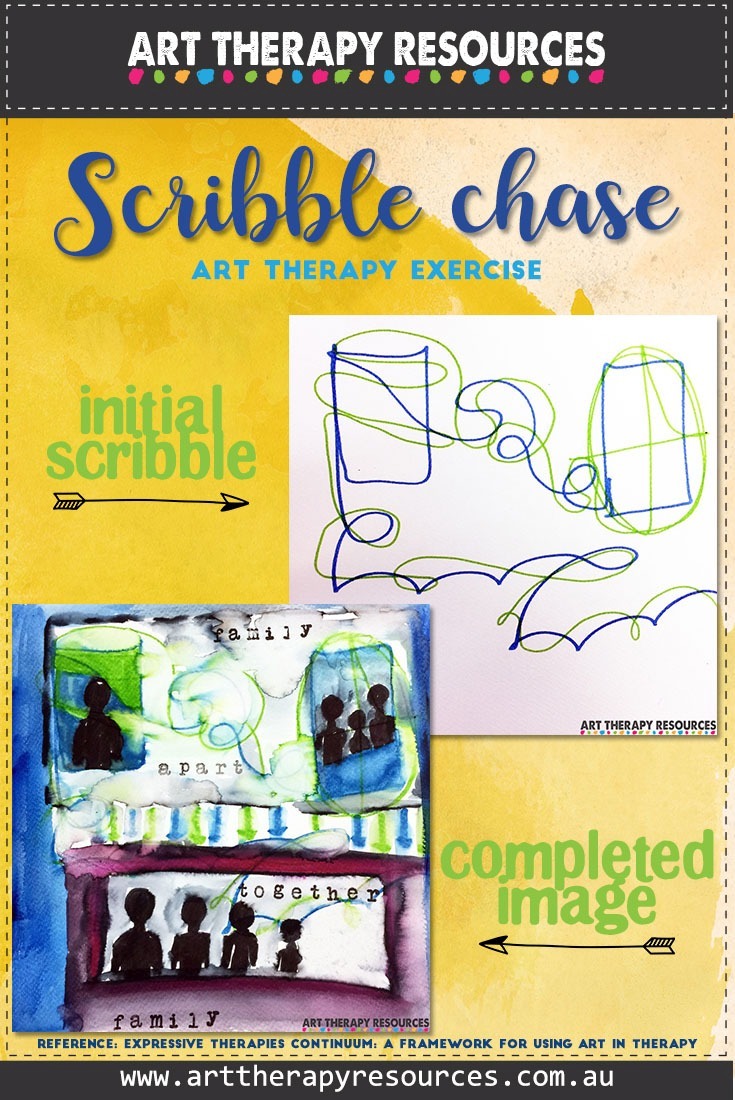THIS POST INCLUDES:
1. Expressive Therapies Continuum: A Framework for Using Art in Therapy
2. A review
3. Art Therapy Exercise
4. FREE Downloadable Art Exercise
Expressive Therapies Continuum: A Framework for Using Art in Therapy
Author: Lisa D. Hinz
Date published: 2009
Page length: 318
Contents: 3 sections, 12 chapters in total. Expressive Therapies Continuum: A Framework for Using Art in Therapy

Amazon purchase link: Expressive Therapies Continuum: A Framework for Using Art in Therapy
Goodreads link: Expressive Therapies Continuum: A Framework for Using Art in Therapy
ABOUT THE BOOK
(from the publishers) Expressive Therapies Continuum is distinctive in its application as a foundational theory in the field of art therapy. First developed by Vija Lusebrink, this theory can be used by persons of any theoretical orientation, and has the ability to unite art therapists of varying backgrounds.
The information contained in this book demonstrates how the Expressive Therapies Continuum provides a framework for the organization of assessment information, the formulation of treatment goals, and the planning of art therapy interventions. It provides rich clinical detail and many case examples that enliven the text and promote student engagement and learning.
Hinz divides material into three parts. The first describes the historical roots of the Expressive Therapies Continuum and pays homage to contributions from the fields of art and psychology.
The seven component parts of the ETC are examined in the second part, and the last part of the book is dedicated to assessment and clinical applications.
This book’s easy-to-use format and effectiveness in teaching history and application make it an essential reference for therapists and students.
Book Content:
Section 1 Historical Perspectives and Foundations
1 Overview of the Expressive Therapies Continuum
Introduction
Expressive Therapies Continuum at First Glance
A Developmental Hierarchy
Kinesthetic/Sensory Level
Perceptual/Affective Level
The Cognitive/Symbolic Level
The Creative Level
A Reverse Developmental Hierarchy
Using the Expressive Therapies Continuum in Therapy
The ETC Components at Work: The Example of the Scribble Chase
The Expressive Therapies Continuum as a Foundational Theory
Unifying the Field of Art Therapy
The Rest of the Book
2 History and Evolution of the Expressive Therapies Continuum
Introduction
The Grandmother of the Expressive Therapies Continuum: Florence Cane
The Mother of Art Therapy: Margaret Naumburg
Art as Therapy: Edith Kramer
Creating Order out of Chaos: Elinor Ulman
The Value of Creative Learning: Viktor Lowenfeld
The Phenomenology of Expression: Mala Betensky
The Role of Gestalt Art Therapy: Janie Rhyne
The Developmental Aspects of Image and Thought: Mardi Horowitz
The Effects of Media Properties and Task Instructions
Media Properties
Boundaries, Mediators, and Reflective Distance
Task Complexity and Task Structure
Summary
Section 2 Characteristics of the Expressive Therapies Continuum and Its Components
3 Kinesthetic Component of the Expressive Therapies Continuum
Introduction to the Kinesthetic Component
Developmental Hierarchy
Healing Dimension of the Kinesthetic Component
Examples of Kinesthetic Experiences
Media Experiences That Enhance Kinesthetic Functioning
Reflective Distance With the Kinesthetic Component
Questions and Discussion That Promote Kinesthetic Functioning
Emergent Function of the Kinesthetic Component
When Work on the Kinesthetic Component Is Indicated
Overcoming Blocks to the Use of Kinesthetic Functioning
Balancing Overuse of Kinesthetic Information Processing
Case Example
Introduction
Kinesthetic Activities
Kinesthetic to Perceptual Functioning
Perceptual Functioning
Perceptual to Affective
Cognitive Functioning
Cognitive to Symbolic Functioning
Symbolic Functioning
Reinforcing Cognitive Functioning
Conclusion
Summary
4 Sensory Component of the Expressive Therapies Continuum
Introduction to the Sensory Component
Developmental Hierarchy
Healing Dimension of the Sensory Component
Examples of Sensory Experiences
Media Experiences That Enhance Sensory Functioning
Reflective Distance With the Sensory Component
Questions and Discussion That Promote Sensory Information Processing
Emergent Function of the Sensory Component
When Work With the Sensory Component Is Indicated
Overcoming Blocks to Sensory Functioning
Balancing Excessive Sensory Information Processing
Case Example
Introduction
Cognitive Functioning
Movement to the Sensory Component
Movement From Sensory to Perceptual/Affective Level
Conclusion
Summary
5 Perceptual Component of the Expressive Therapies Continuum
Introduction to the Perceptual Component
Developmental Hierarchy
The Importance of Good Gestalts
Healing Function of the Perceptual Component
Examples of Perceptual Experiences
Media Experiences That Enhance Perceptual Functioning
Reflective Distance With the Perceptual Component
Questions and Discussion That Promote Perceptual Information Processing
Emergent Function of the Perceptual Component
When Work With the Perceptual Component Is Indicated
Overcoming Blocks to Perceptual Functioning
Balancing Excessive Perceptual Functioning
Case Example
Introduction
Assessment of Functional Level
Functioning With the Perceptual Component
Movement to the Cognitive/Symbolic Level
Alternating Between the Perceptual and Cognitive Levels
Summary
6 Affective Component of the Expressive Therapies Continuum
Introduction to the Affective Component
Developmental Hierarchy
Healing Function of the Affective Component
Examples of Affective Experiences
Media Experiences That Enhance Affective Functioning
Reflective Distance With the Affective Component
Questions and Discussion That Promote Affective Information Processing
Emergent Function of the Affective Component
Overcoming Blocks to Affective Information Processing
Balancing Overuse of Affective Functioning
Case Example
Introduction
Assessment of Functional Level
Beginning at the Cognitive Level
Affective Responding
Summary
7 Cognitive Component of the Expressive Therapies Continuum
Introduction to the Cognitive Component
Developmental Hierarchy
Healing Function of the Cognitive Component
Examples of Cognitive Experiences
Media Experiences to Enhance Cognitive Functioning
Reflective Distance With the Cognitive Component
Questions and Discussion That Promote Cognitive Information Processing
Emergent Function of the Cognitive Component
Overcoming Blocks to Cognitive Functioning
Balancing Overuse of Cognitive Functioning
Case Example
Introduction
Assessment of Functional Level
Beginning With the Cognitive Component
Introduction to the Affective Component
Further Movement to the Affective Component
Functioning With the Affective Component
Summary
8 Symbolic Component of the Expressive Therapies Continuum
Introduction to the Symbolic Component
Developmental Hierarchy
Healing Function of the Symbolic Component
Examples of Symbolic Experiences
Media Experiences to Enhance Symbolic Functioning
Reflective Distance With the Symbolic Component
Questions and Discussion That Promote Symbolic Information Processing
Emergent Function of the Symbolic Component
Overcoming Blocks to Symbolic Functioning
Balancing Overuse of Symbolic Functioning
Case Example
Introduction
Assessment of Functional Level
Formulation of Therapeutic Goals
Beginning With the Cognitive Component
Movement to the Symbolic Component
Including the Affective Component
Summary
9 Creative Level of the Expressive Therapies Continuum
Introduction to the Creative Level
Developmental Hierarchy
Healing Function of the Creative Level
Media and Experiences to Enhance Creative Functioning
Reflective Distance With the Creative Level
Questions and Discussion That Promote Creative Information Processing
Emergent Function of the Creative Level
Overcoming Blocks to Creative Functioning
Understanding and Supporting Creative Functioning
Case Example
Introduction
Kinesthetic/Sensory Level
Perceptual/Affective Level
Cognitive/Symbolic Level
Creative Level
Summary
Section 3 Assessment and Clinical Applications
10 Assessment Within the Structure of the Expressive Therapies Continuum
Introduction to Art-Based Assessment
Assessment With the Expressive Therapies Continuum
Assessment of Client Functional Level on the Expressive Therapies Continuum
Information Gathered From Assessment Tasks
Preferred Medium
Media Properties and Strength of Preference
Risk Taking
Manner of Interaction With Media to Process Information and Form Images
Responses to Boundaries and Limits
Commitment and Frustration Tolerance
Level of Energy
Coping Skills
Stylistic or Expressive Elements of the Final Art Product
Developmental Level
Line and Form Quality
Use of Space
Color Use
Organic Indicators
Content and Symbolism
Organizing Functions
Verbal Communication
Quality of Verbal Comments
Rate and Volume of Speech
Logic Displayed
Case Example
Summary
11 Individual Interventions
Introduction to Therapeutic Intervention With the Expressive Therapies Continuum
Formulating Treatment Goals Within the Framework of the Expressive Therapies Continuum
Determining a Starting Place for Therapy
Establishing a Client-Therapist Partnership
Conceptualizing Treatment Guided by the Expressive Therapies Continuum
Initiating Art-Based Treatment
Making Planned Therapeutic Changes
Media Properties
Task Complexity
Questions and Discussion
Negotiating Unplanned Changes
Avoiding Nontherapeutic Movement
Facilitating Termination
Managing Resistance to the Use of Art in Therapy
Working Through Therapeutic Obstacles
Transference and Countertransference Issues Unique to the Expressive Therapies Continuum
Summary
12 Couples, Families, and Groups
Introduction
Conducting Group Therapy in the Expressive Therapies Continuum Framework
Kinesthetic/Sensory Level
Perceptual/Affective Level
Cognitive/Symbolic Level
Individualizing Group Art Therapy Using the Expressive Therapies Continuum
Termination of Group Art Therapy
The Expressive Therapies Continuum in Couples and Family Therapy
Kinesthetic/Sensory Level
Perceptual/Affective Level
Cognitive/Symbolic Level
Creative Level
Termination of Couples and Family Therapy
Summary
I have included a pdf download of the chapters included in the book. You can also view the contents and a few sample chapters of the book on Amazon here (affiliate link).
A REVIEW OF INTRODUCTION TO ART THERAPY
In the first section of the book, covering the historical perspectives of ETC, the author clearly explains the four levels of the continuum:
- Kinesthetic/Sensory
- Perceptual/Affective
- Cognitive/Symbolic
- Creative
This helps lay the foundation for understanding the ETC framework. Lisa also includes practical art examples which further adds to understanding ETC.
One of the most useful features of the book is the regular presentation of examples to help the reader solidify concepts around the 4 levels of the continuum.
The book also details a large section around assessment and clinical application. The author highlights that ETC can help the art therapist explore vital aspects of their client’s treatment with art therapy by understanding when to use a specific course of therapy and the choice of art media to use with the client.
ETC can also help therapists to determine when to change the direction of therapy. This understanding doesn’t imply that art therapy is delivered in a rigid step by step process. ETC can help the art therapist assess the client’s skills and develop treatment goals that are specific to the client’s needs.
The book is written based on significant evidenced based research which helps integrate the art therapy domain through sensory, cognitive and creative frameworks.
This book helps provide the art therapists with a foundation for using specific art media based on individual client needs at their initial session as well as subsequent sessions as treatment progresses and goals change.
In reading this book, you should expect to delve deep into theoretical foundations which may take some re-reading to consolidate the information. The author does write in an easily understandable manner, however long pages of text may be better organised to help readers stay engaged in the dense content.
ART THERAPY EXERCISE
We have included an example exercise from the book. This exercise is featured in chapter 1 Overview of the Expressive Therapies Continuum.
The task details are taken from the Expressive Therapies Continuum: A Framework for Using Art in Therapy. The supplies list and artwork image is provided by Art Therapy Resources.
TASK: This task is centred around the scribble chase exercise which begins with the therapist drawing a line with a marker and the client chasing the line with their own marker. Once the scribble drawing component of the exercise is completed, the client is then encouraged to find images within the scribble and create their own picture using the scribbles as a guide. Once the picture is completed, the client then tells a story about the picture and what it means.
SUPPLIES: (Amazon affiliate links)
Prima Press Alphabet Stamp Set

Tombow Dual Brush Pen Art Markers

XL Watercolour Pad (trimmed to 12×12 inch)

OUTCOME:
Through this exercise, the client undertakes the 4 levels of ETC:
- Kinesthetic/Sensory – the scribble drawing task
- Perceptual/Affective – finding the images within the scribble drawing
- Cognitive/Symbolic – explaining the meaning of the picture
- Creative – creativity is expressed at all levels above while undertaking the exercise.
INITIAL SCRIBBLE CHASE

COMPLETED IMAGE

Purchase: If this book sounds interesting to you, it can be purchased from Amazon. You can also view the contents pages and a few of the introductory chapters in the sample.
FREE DOWNLOAD: Art Therapy Exercise
SIGN UP below to download the FREE Art Therapy Exercise Scribble Chase

BUILD YOUR ART THERAPY REFERENCE MATERIALS:
Pin this image to your Pinterest board.

SHARE KNOWLEDGE & PASS IT ON:
If you’ve enjoyed this post, please share it on Facebook, Twitter, Pinterest. Thank you!

